What if World War 2 Continued
Skip to Main Content of WWII
Topic
The End of World War II 1945
Explore articles, web series, podcast episodes, live webinars and more from the Museum about the end of World War II.

The End of World War II
The National WWII Museum pays tribute to the historic anniversaries, as well as the myriad servicemembers and Home Front workers who helped preserve freedom and democracy. Through an ongoing series of digital programming, the Museum will reflect on the legacy and meaning of the end of World War II, bringing audiences distance learning programs, articles, featured artifacts, podcasts, and video content featuring scholars, Museum historians and curators, and oral histories from the Museum's collection. Learn with us wherever you are.
Overview
On May 8, 1945, World War II in Europe came to an end. As the news of Germany's surrender reached the rest of the world, joyous crowds gathered to celebrate in the streets, clutching newspapers that declared Victory in Europe (V-E Day). Later that year, US President Harry S. Truman announced Japan's surrender and the end of World War II. The news spread quickly and celebrations erupted across the United States. On September 2, 1945, formal surrender documents were signed aboard the USS Missouri, designating the day as the official Victory over Japan Day (V-J Day).
V-J Day was especially momentous—the gruesome and exhausting war was officially over—but the day was also bittersweet for the many Americans whose loved ones would not be returning home. "More than 400,000 Americans gave their lives to secure our nation's freedom, and in the midst of exultation, there was recognition that the true meaning of the day was best represented by those who were not present to celebrate," said Robert Citino, PhD, Executive Director of the Institute for the Study of War and Democracy at The National WWII Museum.
Seventy-six years later, The National WWII Museum will pay tribute to the historic anniversaries, as well as the myriad servicemembers and Home Front workers who helped preserve freedom and democracy.
Featured Content
Featured Articles
-
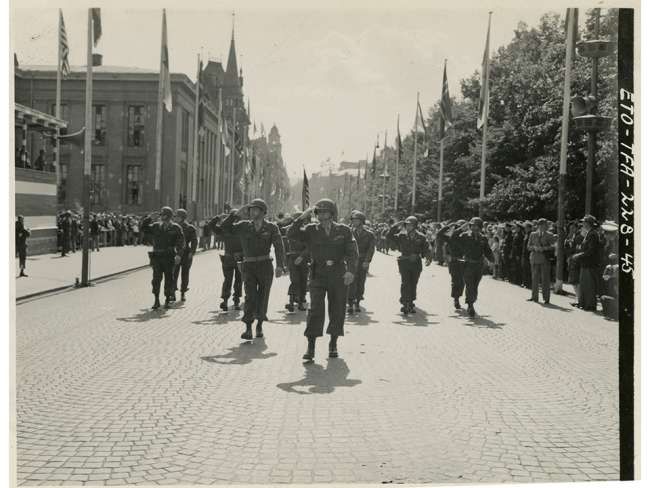
Liberation and Legacy
Dr. Rob Citino highlights the moments of celebration, as well as realization of the repercussions that followed Allied victory and the end of World War II.
-
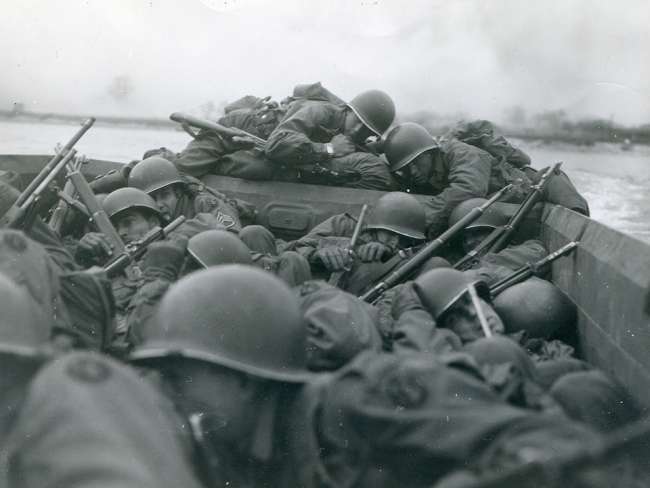
The Steep Price of Victory in Europe
As the world celebrated victory over Nazi Germany and the boys eventually did come home, the war they fought thousands of miles from American shores came home with them. It came home with them in their wounds, in their memories, in their daily life…in their nightmares.
-
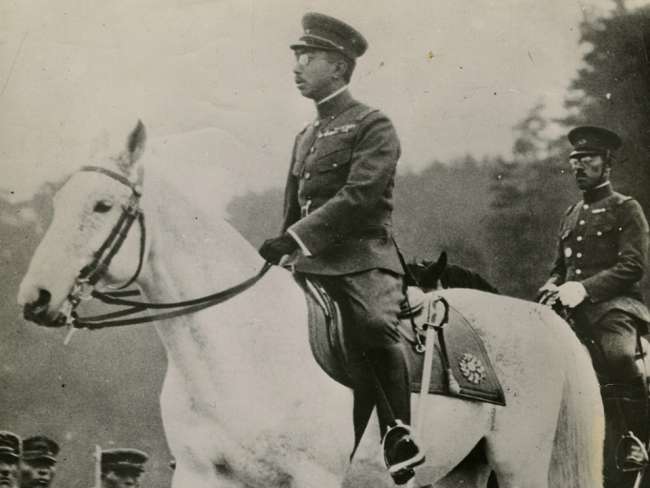
"To Bear the Unbearable": Japan's Surrender, Part I
Japanese military leaders debated Japan's possible surrender up to the last moment. Emperor Hirohito's intervention was critical.
-
GIs in Germany: First Impressions of the Former Third Reich
By VE-Day, 1.6 million American soldiers stood on German soil. Their first months in the land of their former enemy were marked by a number of surprising observations and interactions.
-

"To Bear the Unbearable": Japan's Surrender, Part II
Although a decision to continue the war would mean national suicide, members of the Japanese military came close to refusing Emperor Hirohito's surrender order.
-
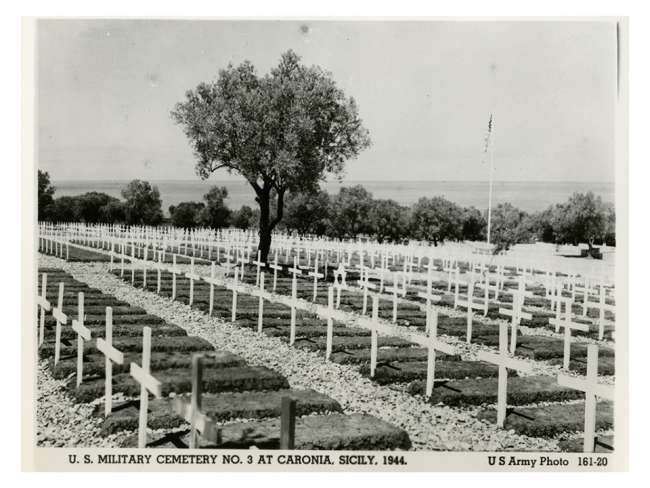
Victory for the Lost: The Ultimate Sacrifice That Made V-E Day Possible
Monuments and fields of white crosses mark the cost of victory in Europe. Majestic today, the cemeteries were in a much different state 75 years ago.
-
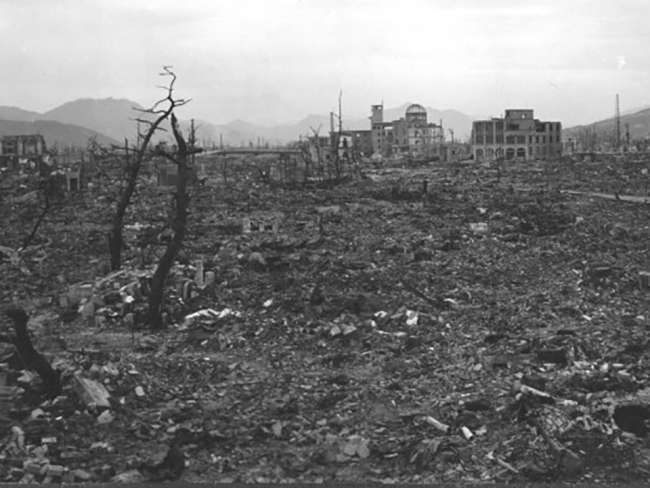
The Most Fearsome Sight: The Atomic Bombing of Hiroshima
On the morning of August 6, 1945, the American B-29 bomber Enola Gay dropped an atomic bomb on the Japanese city of Hiroshima.
-
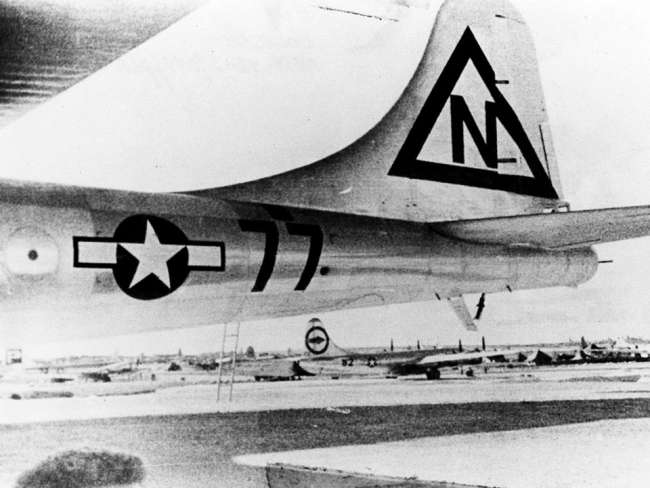
The Bombing of Nagasaki, August 9, 1945
The bombing of the Japanese city of Nagasaki with the Fat Man plutonium bomb device on August 9, 1945, caused terrible human devastation and helped end World War II.
Frequently Asked Questions
Where is the schedule of upcoming commemorations, ceremonies, and programs?
How do I participate in a webinar?
The Museum's webinars will be hosted on Zoom. You can access a Zoom webinar on your smart phone, tablet, or computer.
If you are watching for the first time on your smart phone or tablet, you will need to download the Zoom app from the app store on your device. The Zoom app is free to download. Once the app is downloaded, click the Zoom webinar link for the program you are interested in. It will then open the app, and you will enter the webinar room. You will need to provide your email address to participate in a webinar.
If you are participating in a Zoom webinar for the first time on a computer, Zoom will prompt you to download and run a bit of software. Once downloaded and installed, click the Zoom webinar link for the program you are interested in. It will then open the application and you will enter the webinar room. You will need to provide your email address to participate in a webinar.
See here for additional information: https://support.zoom.us/hc/en-us/articles/115004954946-Joining-and-participating-in-a-webinar-attendee-
What if I miss a webinar?
Sponsors
The series of digital programming commemorating the 75th anniversary of the end of World War II is made possible by The Nierenberg Family and Bank of America.
Related Content
Displaying 1 - 12 of 189 results
-
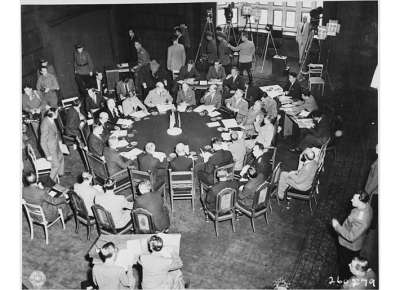
-
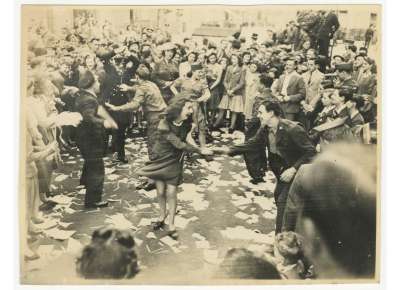
Victory in Europe: One Year Later
Join The National WWII Museum as we commemorate the surrender of Nazi Germany and V-E Day by taking a look back at the events of the year after surrender and how they shaped the modern world with Dr. Rob Citino, Samuel Zemurray Stone Senior Historian and the Executive Director, The Institute for the Study of War and Democracy.
Learn More
-
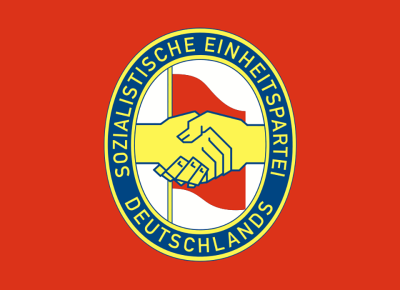
-
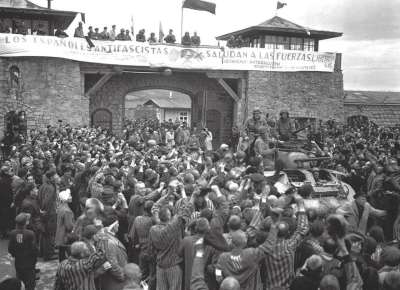
-
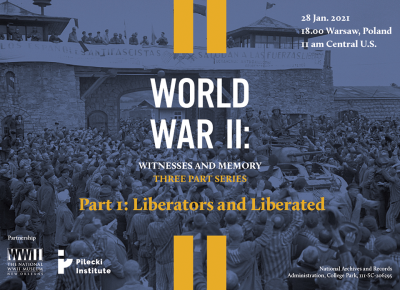
-
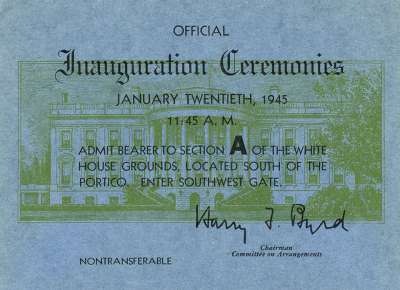
-
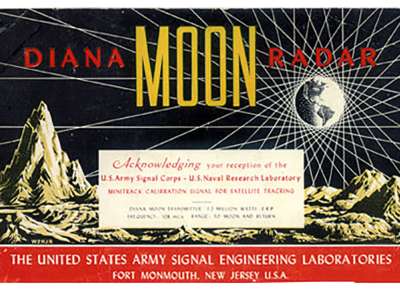
Project Diana: To The Moon And Back
Most scholars date the beginning of the Space Race to the middle of the 1950s. However, in the immediate aftermath of World War II, both the US and USSR were already taking their first steps towards extra-planetary exploration.
Learn More
-
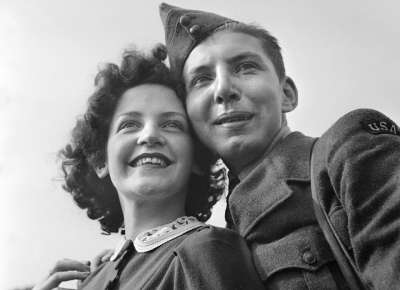
Coming To America: The War Brides Act of 1945
By the winter of 1945, millions of American military personnel were on the move, but they were not alone. More than 60,000 women wed by American servicemen during World War II hoped to leave their old homes behind and rejoin their husbands for a new life in the United States. However, for these "War Brides" restrictive American immigrations policies posed a major challenge.
Learn More
-
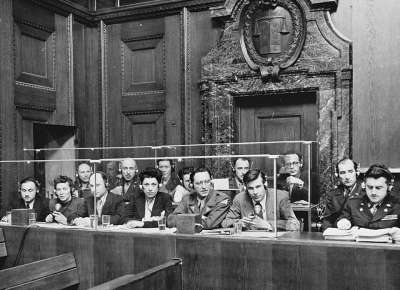
-
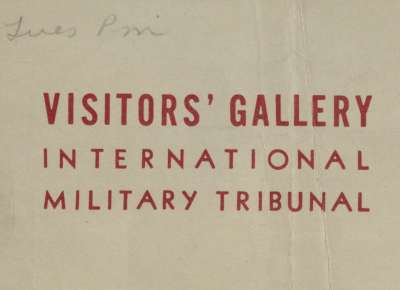
Curator's Choice: Nuremberg Trial Visitor
The courtroom of the International Military Tribunal in Nuremberg hosted nearly 400 visitors each day, including 250 members of the international press. The Museum's collection contains items from some of these visitors, American service members who wanted to sit in on one of the most significant trials in history.
Learn More
-
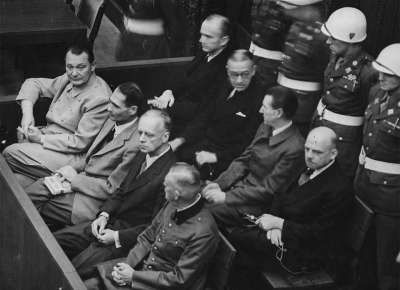
War Crimes on Trial: The Nuremberg and Tokyo Trials
Following victory, the Allies turned to the legal system to hold Axis leaders accountable. In an unprecedented series of trials, a new meaning of justice emerged in response to war crimes and crimes against humanity committed by both the Germans and the Japanese throughout the war.
Learn More
-
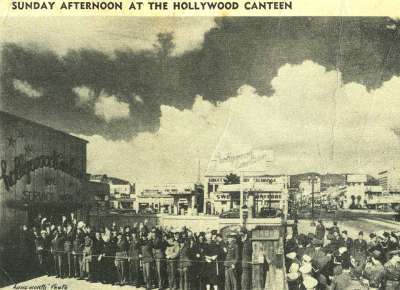
Curtains for the Hollywood Canteen
The Hollywood Canteen, which had been in operation since October 1942, closed its doors after one last hoorah on Thanksgiving Day, November 22, 1945. In all, more than 3,000 volunteers, many famous stars among them, had welcomed and entertained nearly four million servicemen and women.
Learn More
Source: https://www.nationalww2museum.org/war/topics/end-world-war-ii-1945




















